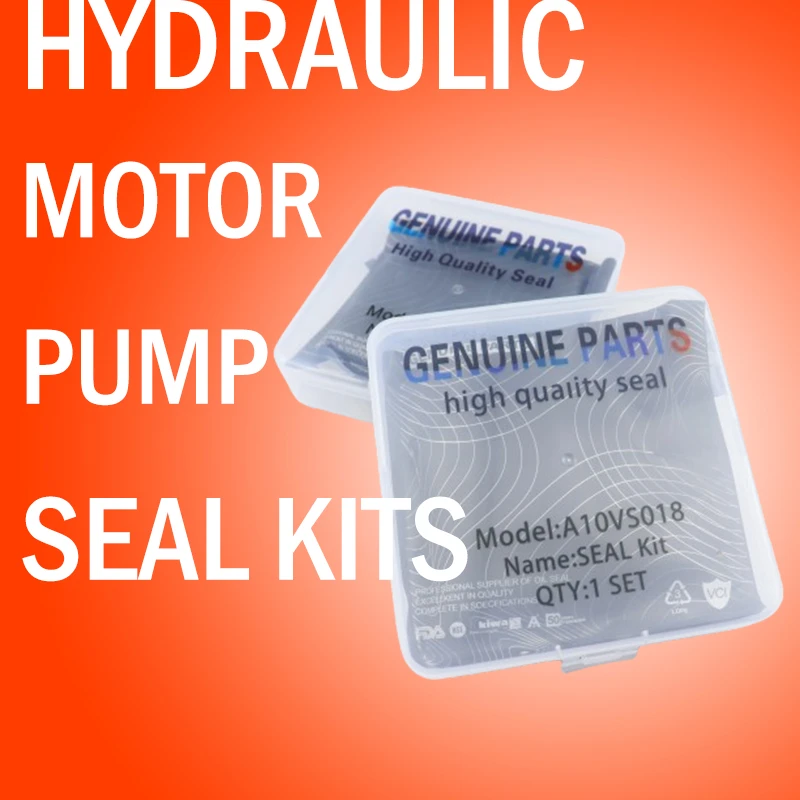10 月 . 12, 2024 07:45 Back to list
hydraulic seal
Understanding Hydraulic Seals Essential Components for Fluid Power Systems
Hydraulic seals are vital components in hydraulic systems, designed to prevent fluid leakage while facilitating the motion of hydraulic cylinders and actuators. They play a crucial role in maintaining the efficiency and reliability of hydraulic machinery used in various industries, including automotive, aerospace, construction, and manufacturing. This article aims to explore the function, types, manufacturing materials, and maintenance of hydraulic seals.
Function of Hydraulic Seals
The primary function of hydraulic seals is to create a barrier that prevents the escape of hydraulic fluid, ensuring that the system operates at optimum pressure levels. This is essential for the smooth operation of hydraulic machinery, as any leakage can lead to reduced efficiency, increased wear on components, and even catastrophic failure. Hydraulic seals also help to keep contaminants out of the fluid, which could compromise system performance and longevity.
Types of Hydraulic Seals
Hydraulic seals come in various shapes and sizes, each designed for specific applications
. The most common types include1. O-Rings These are circular seals that fit into a groove and compress to form a tight seal. They are versatile and inexpensive but may not be suitable for high-pressure applications.
2. Rod Seals These seals are used in hydraulic cylinders to prevent fluid from leaking past the rod when it is in operation. Rod seals are designed to withstand dynamic movement and high pressure.
3. Piston Seals Positioned between the piston and the cylinder, these seals prevent leakage of fluid when the piston moves. They are critical for maintaining the system's pressure and efficiency.
4. Backup Rings Often used alongside O-rings, backup rings provide added support to prevent O-ring extrusion during high-pressure conditions.
5. U-Cups and V-Rings These seals are designed for dynamic applications where rotational movement might be present. They provide effective sealing while allowing for some degree of movement.
Manufacturing Materials
hydraulic seal

The materials used in hydraulic seals are crucial for their performance and longevity. Common materials include
- Nitrile Rubber (Buna-N) Known for its excellent resistance to petroleum-based fluids and high wear properties, making it suitable for a wide range of applications.
- Polyurethane Offers superior abrasion resistance and can withstand higher pressures and temperatures compared to rubber seals.
- Fluorocarbon Rubber (Viton) Provides excellent resistance to chemicals and high temperatures, making it ideal for harsh environments.
- PTFE (Teflon) Known for its low friction properties, PTFE is often used where the resistance to compression and heat is critical.
Maintenance of Hydraulic Seals
Regular maintenance of hydraulic seals is essential to ensure their proper functioning and prolong the life of hydraulic systems. Key maintenance practices include
1. Regular Inspections Periodically checking for signs of wear, deformation, or leakage can help identify potential issues before they escalate.
2. Fluid Quality Management Ensuring that the hydraulic fluid is clean and free of contaminants can help extend the life of the seals.
3. Proper Installation Following manufacturer guidelines during installation can prevent premature failure and ensure optimal performance.
4. Avoiding Over-Compression Care should be taken not to over-tighten components, as this can distort seals and lead to failure.
In conclusion, hydraulic seals are indispensable in the operation of hydraulic systems. Understanding their functions, types, materials, and maintenance can help users harness their full potential, ensuring efficient and reliable performance in various applications. By prioritizing seal integrity, industries can minimize downtime, reduce maintenance costs, and maximize productivity.
-
The Power of Advanced Sealing: High-Pressure Solutions for Modern Machinery
NewsOct.29,2024
-
Optimizing Machinery with High-Performance Oil Seals
NewsOct.29,2024
-
Maximizing Machinery Efficiency with Advanced Oil Seals
NewsOct.29,2024
-
Ensuring Equipment Longevity with Quality Oil Seals
NewsOct.29,2024
-
Enhance Equipment Performance with Quality Oil Seals
NewsOct.29,2024
-
Custom Oil Seals for Specialized Machinery Needs
NewsOct.29,2024
-
The Role of Wiper Seals in Dust Sealing and Oil Protection
NewsOct.20,2024
Products categories
















